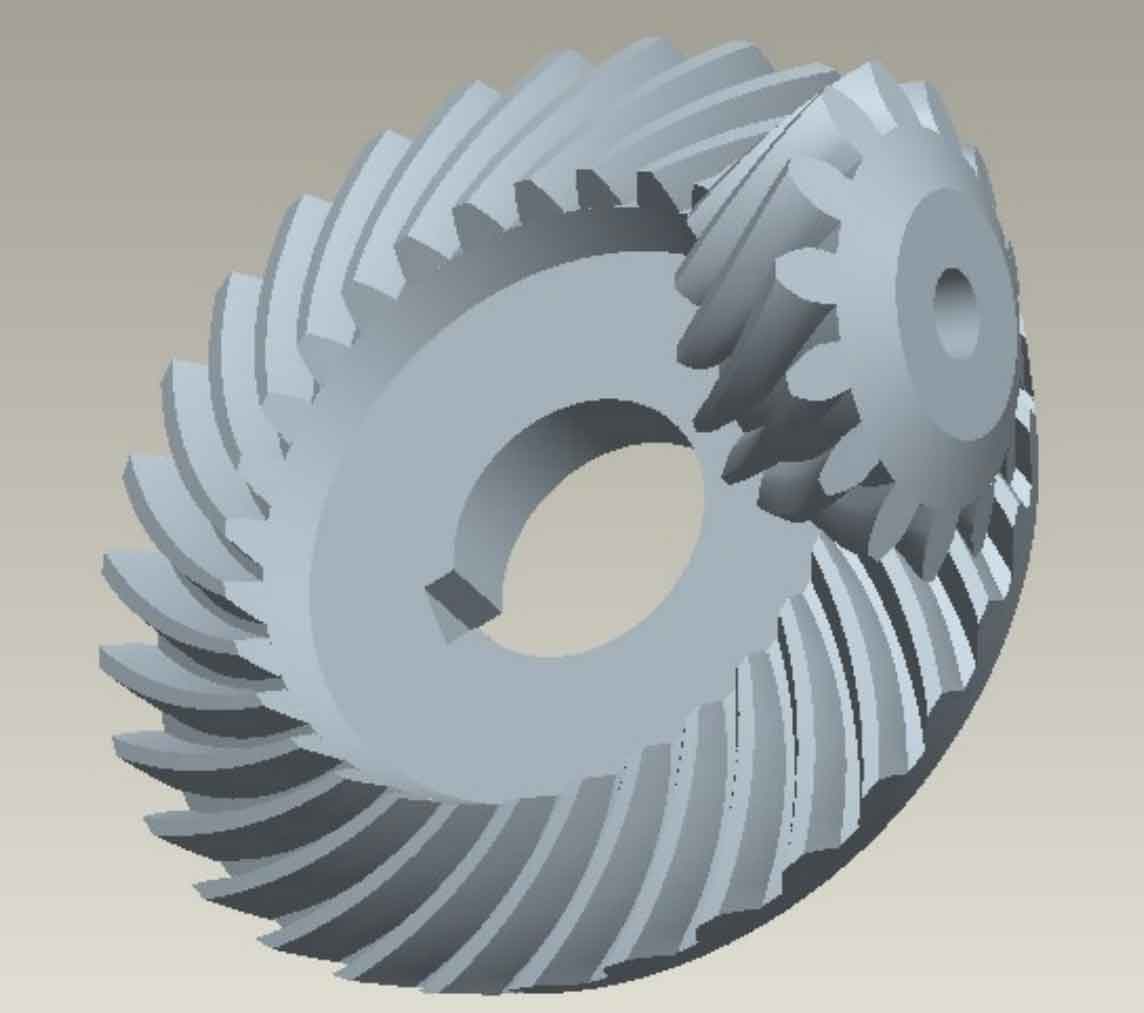The design of automobile drive axle is the same as the design of other parts of transmission system. It needs to improve its reliability, fatigue durability, specific power, power transmission efficiency, and reduce manufacturing costs, noise, etc. Among these requirements, reliability is particularly important. If a part of the drive axle fails within the design cycle, other design requirements, such as noise and efficiency, are meaningless. There are two main types of drive axle components that cause failure: one is the failure of drive axle support components, such as axle housing, differential housing, main reducer housing, etc. The other is the failure of the rotating parts of the drive axle, such as hypoid gear pair, bearing, differential gear pair, etc. The failure of the supporting components in the drive axle is mainly related to the structure and static load of the components, which has been deeply studied at home and abroad. However, there is less research and Analysis on the fatigue of rotating parts in the drive axle, especially the hypoid gear in the main reducer. When the hypoid gears in the drive axle mesh, especially under the condition of high speed and high torque, it is very easy to have a large alternating bending fatigue load, which eventually leads to the fatigue failure of the drive axle. Therefore, the fatigue life design of the hypoid gears is particularly important in the design process of the drive axle.
There are many failure forms of hypoid gears, which are mainly divided into two categories: one is contact fatigue failure, which is caused by the corrosion or spalling of the gear tooth surface at the micro point, and this type of failure is related to the lubrication, load, speed, tooth surface parameters and other factors of the gear. Another type of failure is gear bending fatigue failure, which is directly related to the stress state of the tooth root. Because the fracture of the gear blank will immediately terminate the power transmission of the transmission system, this failure is more destructive than contact failure.

The bending fatigue performance of drive axle hypoid gear is directly related to the stress state of the gear. It is a relatively complex task to accurately predict the stress state at the root of the hypoid gear of the drive axle, which includes many factors, such as the flexible deformation of the support shell, the deformation of the support bearing and so on. In the published literature on gear root stress prediction models, kawalec et al. Divided these models into two categories, semi analytical models: these models use simple parameters to calculate gear root stress, such as Lewis formula, and these parameters are obtained based on experience. Numerical model: these methods are based on the gear blank model and are numerical calculation methods using computer software, such as boundary element method (BEM) and finite element method (FEM). Despite these calculation methods, most papers focus on the root stress calculation of parallel shaft gears such as spur gears and helical gears. For hypoid gears, due to the complex geometry of gears, it is very difficult to calculate the load distribution, and there are relatively few studies on predicting the root bending stress.
Abroad, in 1991, vijaykar used a mixed finite element and semi analytical model to simulate the contact of hypoid gears. In 1999, handschuh and bibel[70] used finite element software to analyze the meshing of multiple pairs of spiral bevel gears. The prediction results of the model are consistent with the trend of the test results. In 2007, piazza and Vimercati compared the predicted tooth root stress with the method of literature [70], and the results showed that the finite element method can be used to predict the tooth root stress of hypoid gear. In the same year, Litvin and Argyris proposed to use ABAQUS software to predict the root stress, but did not give a detailed process of establishing the gear finite element model.
